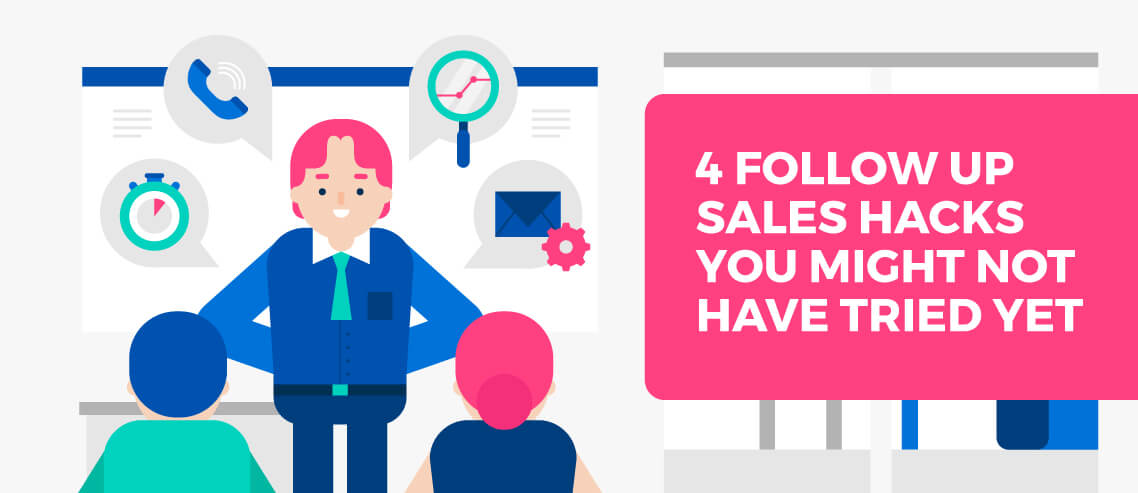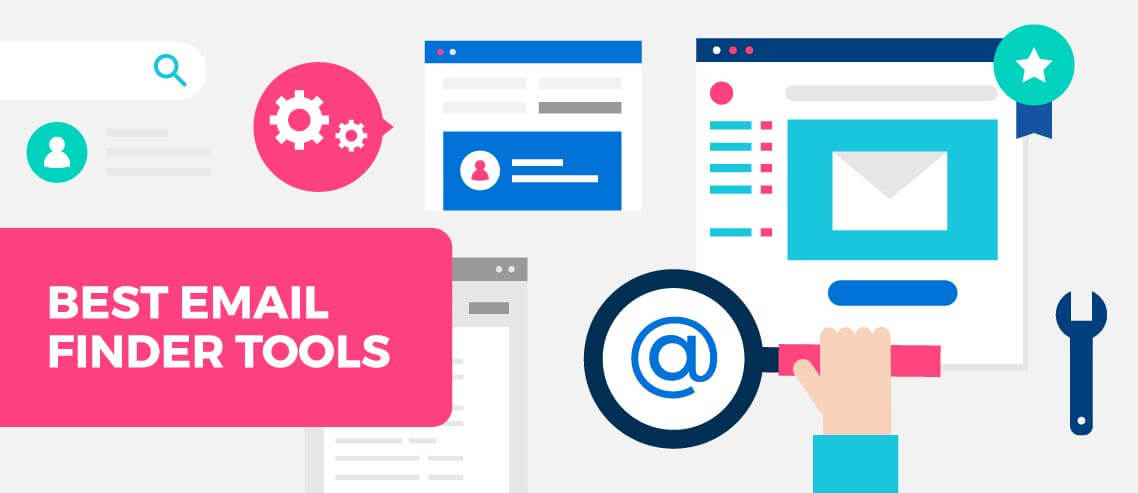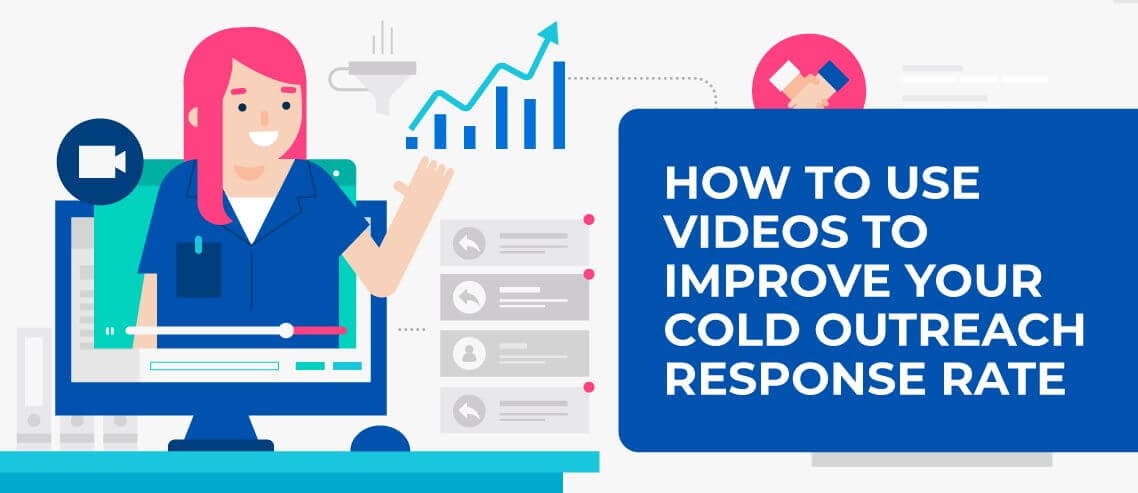What Happened When I Cold Emailed 200 Inc. 5000 Companies?
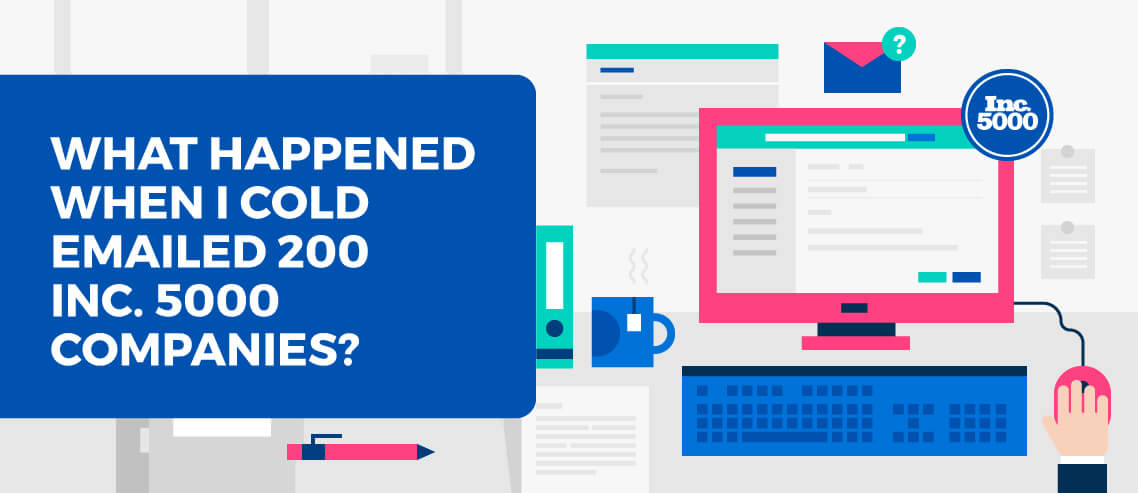
Contents
Cold email is an art.
You need a basic understanding of how it works. You also need to know how to build a cold email campaign, including building your list and writing effective cold emails.
There are a lot of moving parts, which is why it can help to see how other people are doing it.
With that in mind, In this article, I’m going to show you step-by-step how I built a campaign that generated $22,500 from just 200 emails.
But first…
A Little Background

As a freelance writer, my days are filled with various tasks, with content creation at the top of the priority list.
While keeping clients happy is job number one, there’s always another task lurking: marketing my services to potential clients.
Since embarking on my freelance writing career in 2006, I’ve experimented with every marketing strategy imaginable.
Social media. Cold calling. In-person networking. Cold emailing.
You name it, I’ve tried it (with varying degrees of success).
Even though the average cold email campaign gets less than a 1% response rate, it’s by far my favorite marketing strategy. Here are the two biggest reasons why:
- My campaigns typically achieve a reply rate of 7 to 10 percent
- My campaigns typically achieve a follow-up call rate of 4 to 6 percent
But, talk is cheap. I want to show you exactly what happened when I sent a cold email to 200 Inc. 5000 companies.
Why the Inc. 5000 List?
To build a successful cold email campaign, it’s critical to target the right prospects. For me, there are no better prospects than those on the Inc. 5000 list.
These companies are growing fast, open to new ideas, and generally interested in learning more about innovative marketing techniques.
Furthermore, inclusion on the list gives me the perfect hook for my email (more on this below).
Now, let’s examine the three steps I took to get my outreach up and running:
1. Choose Target Companies
There are 5,000 companies on the list, but I knew four things going into this step:
- I only wanted to send 200 cold emails.
- I didn’t want to target companies that don’t need my service.
- I didn’t want to target companies in industries I don’t enjoy writing about.
- I wanted to target as many companies close to home (Pittsburgh, PA) as possible.
RELATED: Is this your customer? Proper prospecting with profile enrichment
The first thing I did was set the industry to “Business Products & Services” and the metro/city to “Pittsburgh, PA.”
Here’s what I got:
While it was a good start, I still needed another 197 companies.
This prompted me to remove the industry, but leave the metro area as Pittsburgh.
Of the 27 companies on this list, I was able to add another 17, bringing the total to 20.
Now, with 180 companies to go, I expanded the search by adding “Business Products & Services” as the industry and eliminating the location.
Bingo! With 492 companies on the list, I knew I could find another 180. Here’s how I decided which ones to choose:
- Proximity to Pittsburgh, PA
- Size of the business (for me, smaller is better)
- Growth
At this point, I had my list of 200 companies. Step #1 was in the books!
2. Find Contact Information
This is by far the most time-consuming step, as it’s critical to find the right person at each company, along with their email address.
There’s no secret to getting things right during this step. It’s all about making time in your schedule, using a few tools, and staying organized. Here’s what I did (it took about four hours):
- Set aside an entire afternoon for nothing but this task
- First search method: company website
- Second search method: LinkedIn (with the help of LeadLeaper)
- Third search method: Google
- Fourth search method: Hunter
I was able to find 12 contact names and emails on company websites, with the remaining breaking down as follows:
- 126 via LinkedIn, with LeadLeaper
- 37 via Google search
- 25 via Hunter
Finding the right contact person is a skill that will improve over time. If you struggle with this, keep at it. As you gain more experience, you’ll better understand where to spend most of your time searching.
In my early cold emailing days, I would have spent most of my time on Google and trying to connect on LinkedIn. However, after discovering LeadLeaper and Hunter, this all changed. Find what works for you and stick to it.
You can also use our LinkedIn Google search operator spreadsheet to find outreach targets based on company name and role. Check out the video below to see how it works, and click here to download a copy of the spreadsheet.
3. Create Three Templates
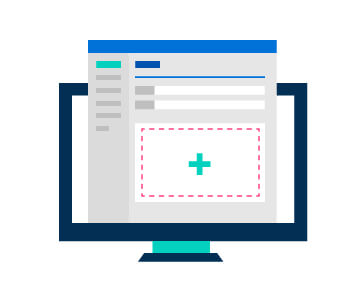
It’s easier to create and use one template, but doing so holds you back from generating better results in the future.
For most of my campaigns, including this one, I create three unique templates. They very rarely generate similar results, but it always gives me a clear idea of what works best for my audience.
In regards to the subject line, I prefer to use the same one for each email. Not only do I have a clear idea of what generates the best response, as a result of past campaigns, but using the same subject line allows me to better gauge which message performs best.
Here’s the subject line I decided on:
A New Content Strategy Used by Inc. 5000 Companies
I like this approach for a few reasons:
- It shows that I’ve done my research.
- It answers the question of “what’s in it for me?”
- It shows that competitors may already be taking advantage.
Now, let’s get to the three templates I used (with inspiration from MailShake):
Email #1
Hi [name],
My name is [your name], and I won’t take up much of your time.
Congratulations on your inclusion on the 2019 Inc. 5000 list. It’s truly a great accomplishment!
I currently work with five companies on the list, focusing on content creation and blog management.
Could I have 10 minutes of your time next week to talk about your current content strategy?
Thanks for your time!
[your name]
Email #2
Hi [name],
I came across your company’s name on the 2019 Inc. 5000 list and wanted to touch base.
I work as a corporate blog specialist for five companies on the list, as well as many others spanning a variety of industries.
Would you be open to scheduling a call so I can share my experiences with you? Is there a time in particular that works best?
I hope to hear from you soon!
[your name]
Email #3
Hi [name],
I just came across your company on the 2019 Inc. 5000 list. Congrats!
Usually, when this happens, marketing becomes a priority. So, I thought you might be interested in learning how we helped [company name] use a corporate blog to boost traffic and increase leads by 7x.
I’m available to chat via phone all next week, so please let me know what works for you.
Once again, congrats on the award!
[your name]
I know what you’re thinking: which one of these emails generated the best results?
Here are the numbers:
Email #1
- Sent to 67 prospects
- Received three replies
- Booked two calls
- Closed zero deals (to date)
Email #2
- Sent to 67 prospects
- Received six replies
- Booked three calls
- Closed one deal (to date)
Email #3
- Sent to 66 prospects
- Received seven replies
- Booked three calls
- Closed one deal (to date)
And now, here are my findings:
- Email #1 performed the worst, with the lowest number of replies, booked calls, and closed deals.
- Email #2 was a strong performer, with six replies, three booked calls, and one closed deal.
- Email #3 was the top performer (barely), with seven replies, three booked calls, and one closed deal.
Overall Numbers
- Sent 200 cold emails
- Received 16 replies (eight percent reply rate)
- Booked eight calls (four percent book rate)
- Closed two deals (one percent close rate)
I would be comfortable tweaking and reusing email #2 and #3. However, due to a lack of results, #1 would need some serious editing before using it again.
Final Thoughts

Even though it took a lot of time and effort to reach the finish line, I closed two deals totaling $3,750/month.
If both clients stay on for the agreed-upon period of six months, my ROI on this one campaign will be $22,500.
Moving forward, I plan to tweak my strategy with cold email outreach tools, such as Mailshake, with the idea of saving time and staying better organized.


